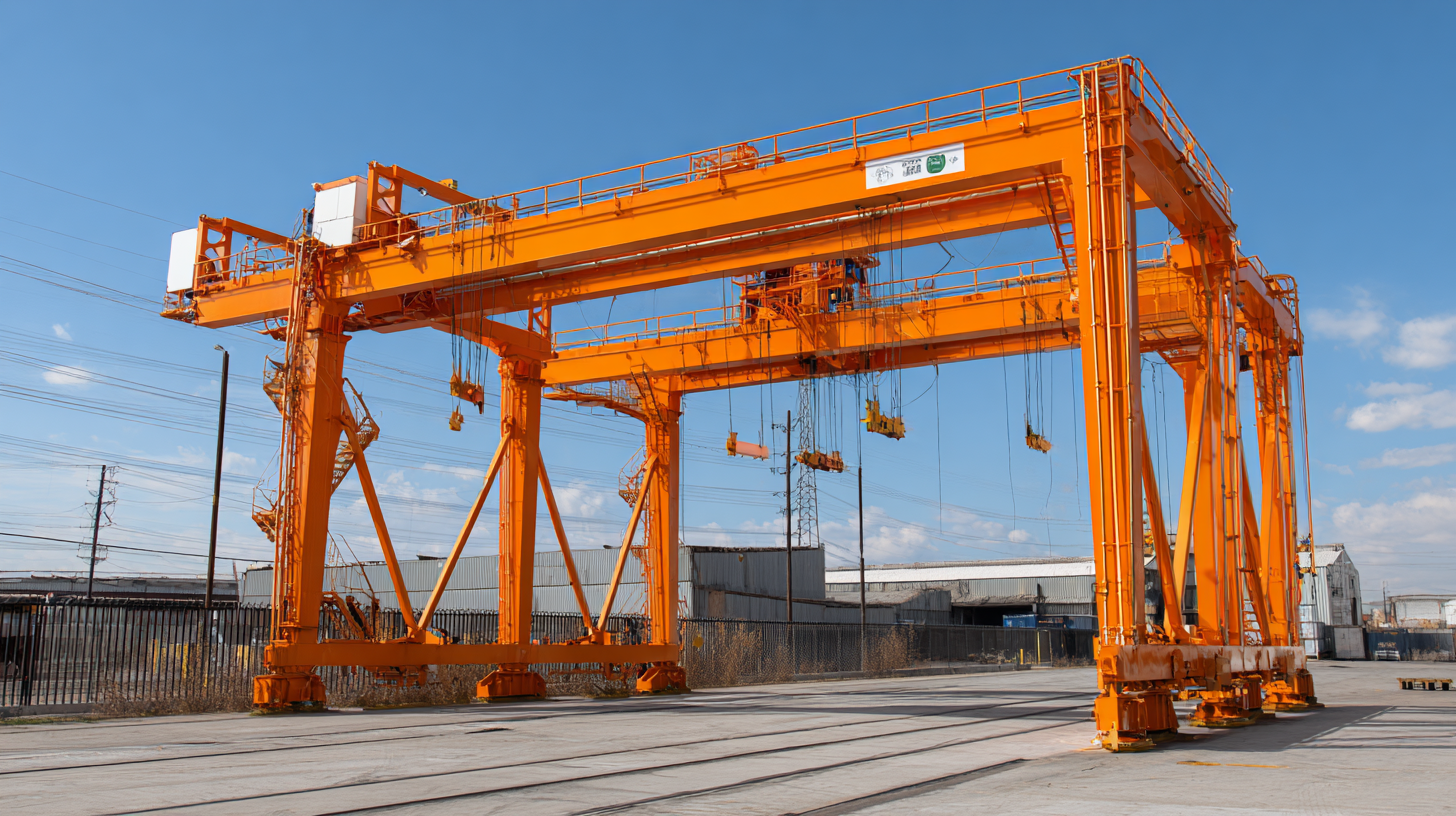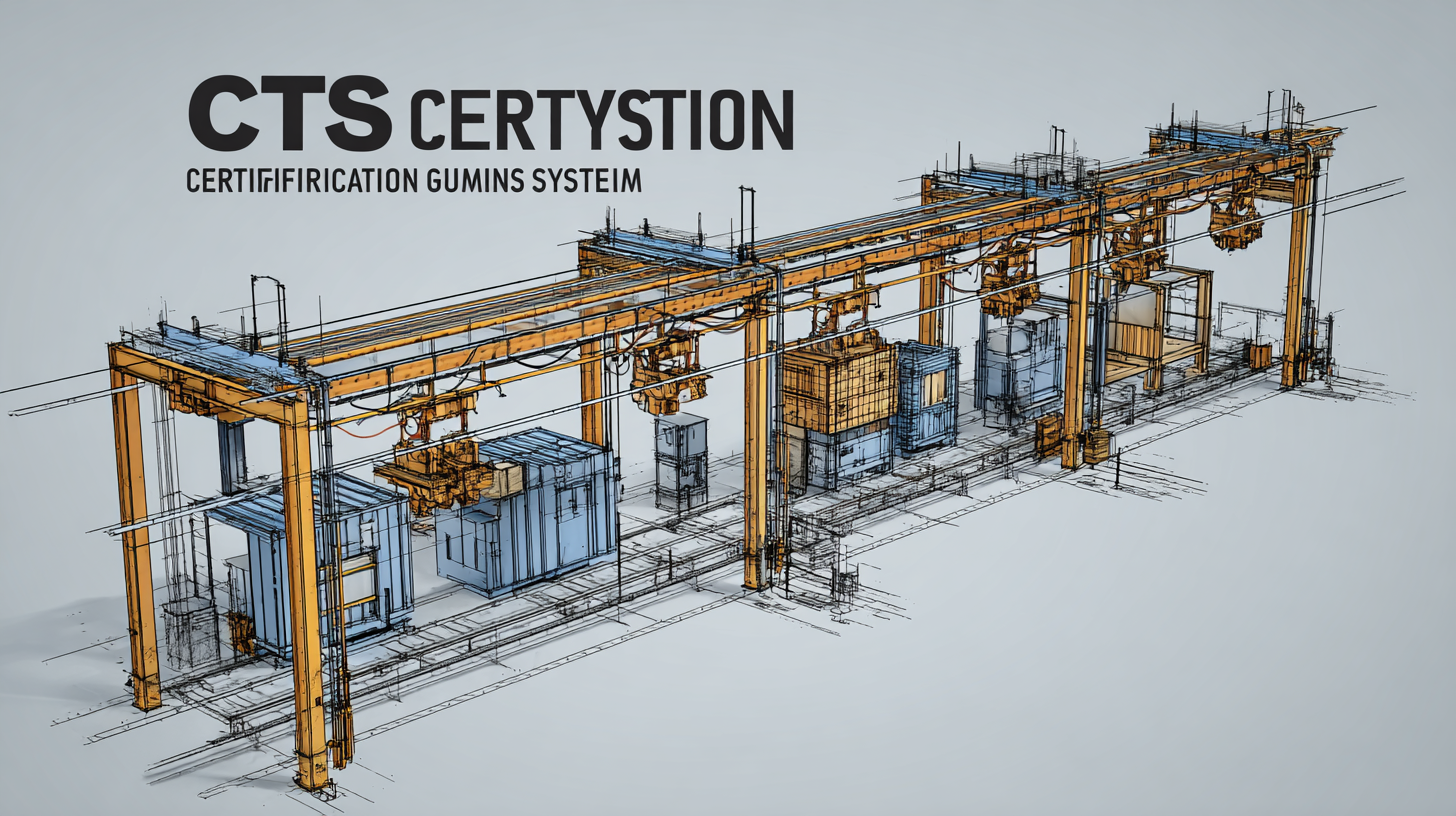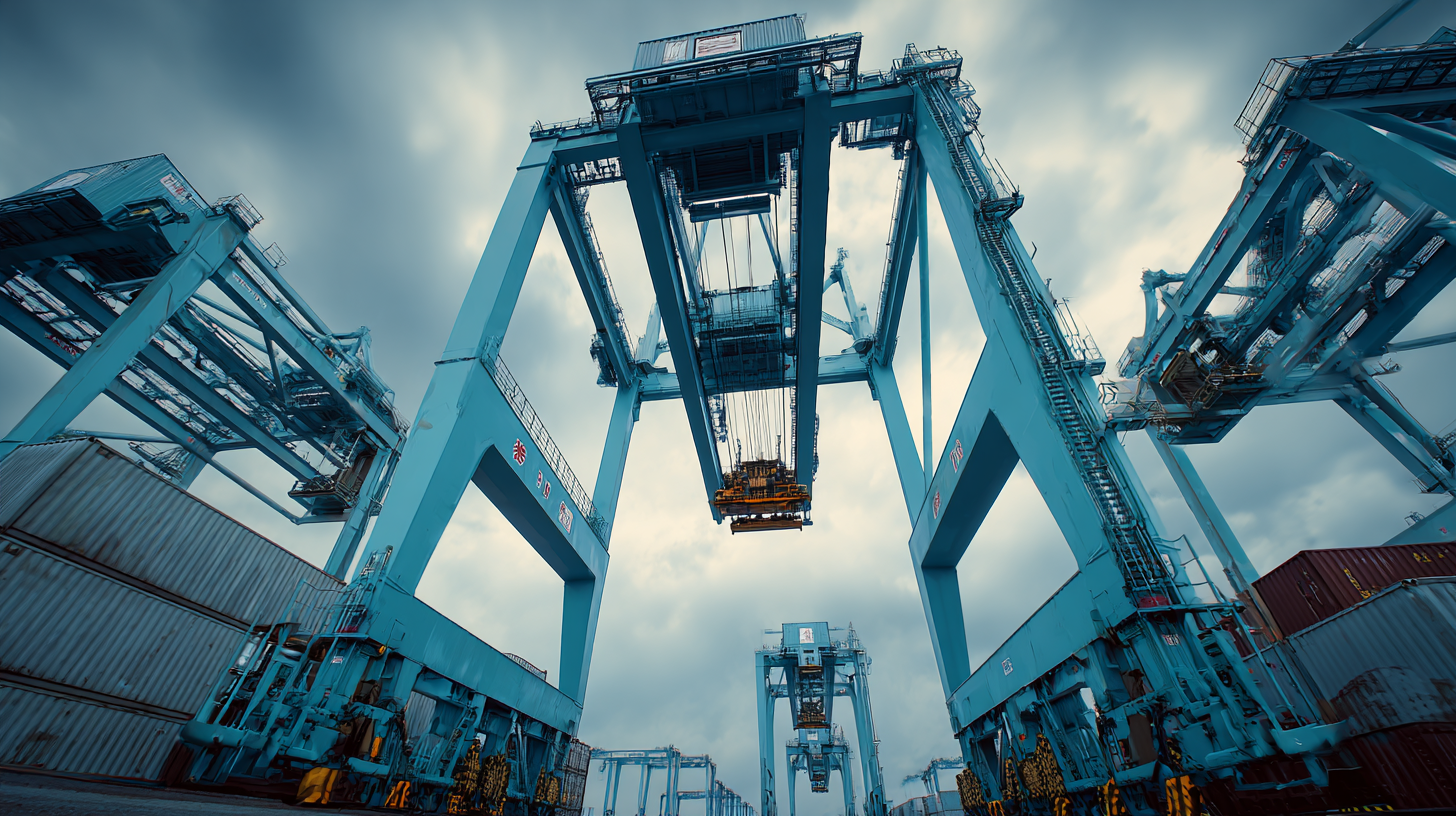
When it comes to procuring the best gantry system for your operations, understanding the complex landscape of import and export certifications is crucial. These certifications not only ensure compliance with international trade regulations but also guarantee that the equipment you purchase meets the highest safety and quality standards. As industries increasingly rely on gantry systems for efficient material handling and precise movements, navigating through the certification requirements becomes imperative. This guide aims to demystify the import and export certification process specifically for gantry systems, providing you with essential insights and tips. By the end of this article, you will be well-equipped to make informed decisions, ensuring that your investment in a gantry system aligns with legal requirements and operational needs, while maximizing performance and reliability in your projects.

When purchasing a gantry system, understanding the various types of import and export certifications is crucial. These certifications not only ensure compliance with international standards but also guarantee the quality and safety of the equipment. Common certifications include CE marking, which signifies conformity with health, safety, and environmental protection standards in Europe, and ISO certifications, which demonstrate a commitment to quality management systems. Familiarity with these certifications can help buyers confidently navigate the complexities of international trade.
Additionally, specific industries may require unique certifications. For example, the American National Standards Institute (ANSI) sets standards for gantry systems used in construction and manufacturing. Understanding these specific requirements can avoid potential legal issues and facilitate smoother customs clearance. Buyers should also be aware of certifications such as RoHS and REACH, which pertain to the environmental impact of materials used in construction. By being informed about these diverse certifications, purchasers can make more educated decisions and ultimately enhance their operational efficiency.

When it comes to purchasing gantry systems, understanding the key regulatory standards that impact certifications is crucial. Various organizations set forth stringent guidelines to ensure safety, quality, and interoperability of these systems. Compliance with these standards not only assures the reliability of the equipment but also enhances its acceptance in global markets. As technology evolves, so too do certification requirements, especially in sectors where security is paramount.
One significant development in the realm of safety certifications has been the integration of advanced technologies. For instance, the advent of AI-driven scanning systems showcases how innovation can elevate security measures. These systems are not merely an upgrade; they represent a shift towards more comprehensive safety protocols in public spaces and critical infrastructure. Potential buyers should stay abreast of new certification protocols tied to such innovations, ensuring that their gantry systems meet the latest safety and performance benchmarks.
**Tip:** Always verify the certifications of any gantry system through official regulatory bodies. This not only guarantees compliance but also instills confidence in the quality of your purchase.
**Tip:** Consider the application of the gantry system. Different industries may have unique standards; thus, understanding these specifications is essential for making an informed decision.
| Certification Type | Issuing Authority | Region | Key Requirements | Validity Period |
|---|---|---|---|---|
| CE Marking | European Union | Europe | Safety, health, and environmental requirements | No expiration |
| UL Certification | Underwriters Laboratories | North America | Compliance with safety standards | Annually |
| ISO 9001 | International Organization for Standardization | Global | Quality management principles | 3 years |
| RoHS Compliance | European Union | Europe | Restriction of hazardous substances | No expiration |
| ASME Certification | American Society of Mechanical Engineers | North America | Compliance with mechanical engineering standards | 3 years |
When purchasing a gantry system, understanding the impact of quality management systems (QMS) on certifications is crucial. These systems are designed to ensure a consistent level of product quality, directly influencing the certification process. A robust QMS not only facilitates compliance with industry standards but also enhances operational efficiency and customer satisfaction.
**Tip:** When evaluating a supplier, request their QMS certification documents. This will provide insights into their commitment to quality and consistency. Certifications such as ISO 9001 are indications of a well-maintained quality management system, reflecting the company’s dedication to delivering high-standard products.
Moreover, quality management systems promote continual improvement and risk management, which are vital in the competitive landscape of gantry systems. Implementing a QMS helps manufacturers identify areas for enhancement, ensuring that the products meet regulatory requirements and customer expectations.
**Tip:** Engage directly with potential suppliers about their quality protocols and their approach to quality assurance. This discussion can reveal how seriously they take product quality and can help you make an informed decision in the purchasing process.

In today's rapidly evolving industrial landscape, compliance with import and export regulations has become a crucial factor for businesses, especially in the gantry system market.
Recent market analysis indicates that the Regulatory Reporting and Compliance Market is projected to grow significantly, showcasing a compound annual growth rate (CAGR) of over 12.64% from 2025 to 2032, with estimates suggesting it could surpass USD 9.10 billion. This surge underscores the increasing necessity for companies to ensure regulatory compliance in their operations, particularly when dealing with international exports.
The importance of compliance is further evidenced by the projected growth in related sectors, such as the Governance, Risk, and Compliance (GRC) platform market, expected to grow by USD 44.2 billion from 2025 to 2029. As businesses navigate complex regulatory landscapes, the integration of advanced compliance frameworks becomes paramount.
Trends indicate that companies must not only meet current regulations but also anticipate future changes, driven by evolving market demands and technological advancements. This proactive approach in securing necessary certifications can significantly enhance a company's competitive edge in the global market for gantry systems.
When considering the procurement of gantry systems, understanding the cost implications of certification processes is crucial for businesses aiming to maximize their investments. According to a report by Research and Markets, the cost of compliance with various import and export certifications can range from 2% to 5% of the total purchase cost of industrial equipment. This relatively small percentage can translate into substantial amounts, especially for high-value equipment. Therefore, it's essential for companies to budget adequately for these certification-related expenses when planning their procurement strategies.
Additionally, the complexity of the certification process can also impact lead times and overall project costs. A study by the International Trade Administration revealed that delays caused by insufficient or incorrect certifications can lead to increased logistical costs, sometimes adding 10% to 15% to the final price of imported equipment. Furthermore, failure to secure the necessary certifications can not only lead to fines but also cause significant reputational damage in a highly competitive market. Consequently, businesses should not only factor in the direct financial implications of certification but also consider their potential impact on project timelines and market positioning when purchasing gantry systems.